Research - (2020) Volume 8, Issue 6
Critics Against Some Topics Included in the Book: Fundamentals of Fixed Prosthodontics (Shillingburg HT)
Fendi Al Shaarani* and Rami Alaisami
*Correspondence: Fendi Al Shaarani, Department of Prosthodontics, Faculty of Dental Medicine, Damascus University, Damascus, Syria, Email:
Abstract
Objective: Restoring the abutment with composite under the crown has long been considered a quick and ideal solution, but over time many researchers have been advised to avoid this procedure. As the concept of occlusal has undergone radical changes based on clinical reality. The existence of many "prestigious" books and international publications founded some axioms have become a false intellectual heritage, because they do not reflect the clinical reality. Methods: Some illustrative schemata and opinions expressed in the book were studied, and criticism was built on clinical experience and researchers’ publications.
Results: The concept of muscular memory, occlusal memory or position memory does not exist. There are no grounds for the use of centric relationship which is preferred being replaced with the centric occlusion. Abutment’s restoration under the crown with composite is a denied procedure from a healthy view. Relying on illustrative diagrams to present unproved ideas is unscientific, and the bending of nickel-chromium bridges is irrational.
Significance: There is no justification for emphasizing some of the ideas contained in the book that are not clinically valid for the dentist practitioner, where these are recommended to be reconsidered.
Keywords
Fixed prosthodontics, Shillingburg, Centric relationship, Occlusion, Composite, Nickel-chromium, Bending
Introduction
The confusion and misapprehension of maxillomandibular relation and occlusion are inexcusable, and there is a dearth of knowledge of the factual physical movements of stomatognathic system. The nomenclatures: Anatomic, balanced, habitual, convenience, physiologic and static occlusions have contributed to this confusion.
The archaic ideas of balanced occlusion, such as right and left laterals and protrusive movements, condylar and incisal guidance, Bennett movement, together with the Hanau “laws of articulation,” and the use of face-bows, should be revisited [1,2]. These could perhaps be removed from dental curricula. However, the proposed principles would be replaced with methods that comply with basic laws in physiological function. CR cannot be reproducible because (a) It is obsessed with musculature and (b) Any motion beyond the functional envelope is not physiological [3].
Silverman [4] and Banerji, et al. [5] stated that occlusion is perceived by the vector of the ensuing force of the closing muscles and the mechanism of movements which controlled by the central nervous system (CNS) but not by the hinge axis of the temporomandibular joint. To boost this idea, Silverman [4] also presented a patient with a bilateral condylectomy who closed recurrently into centric occlusion.
Therefore, the involved procedures in the use of anatomic articulators are sumptuousness in a losing time ascribed to their production of the boundaries of the movements. Mastication gets under way from centric occlusion, then the mandible falls in an inferior track, progresses a side way on the working side, back upward, and turns back medially toward centric occlusion [6].
With the absence food in mouth, the ending point of simulated mastication- is quite so in centric occlusion [7,8]. Subsequently, why have the context dependent upon an anatomic area which is not only incidental anatomy to terminal occlusion, yet is of no clinical noteworthiness?
Both composite resin and amalgam are the preponderance orthodox materials used to build up cores [9]. Many (In vitro and In vivo) studies, that explored bacterial aggregation on the surface of these materials, divulged that amalgam has intense and abiding antibacterial effects [10]. These are not felicitous to composite resin that has been allowed to escalate bacterial burgeon [11]. which could delineate the clinical observation of considerable stockpiling of active bio film on composite in contrast to amalgam [12]. The research already done by Al Ghadban and AlShaarani [13]. Fosters the implementation of amalgam for bulking cores in prefabricated post and core technique under crowns assignable to its antibacterial assets. Ni-Cr alloy generally has a higher hardness and elastic modules compared with other alloys for ceramometal prosthesis, that produce an excellent resistance to sag [14]. This paper criticizes some of quintessential topics that Shillingburg HT enclosed in his book [15]. which may change several essential aphorisms in fixed Prosthodontics.
Methods
An argument (including illustrations) presented in pages (6,36,89,90,92,307-320) of [15]. Has strikingly in contrast to our principals previously published [13,15]. Have been marked, criticized, discussed, and attempted to give suitable alternatives. The methodology is based on a strong philosophy emerged from our weird experience in fixed Prosthodontics, especially in context to occlusion.
Results and Discussion
The criticism does not refer to insult Shillingburg and his assistants where his great works have polarized many scholars especially many researchers have learned from the current book. There are such ideas in this book have been involved without any explanations as:
The book still concentrates on centric relationship (CR) even it is well-known that is neither physiological nor used by the patient. Whatever was said that this situation is acceptable from the physiology of the patient, that can't convince such researchers, especially it has a large number of definitions can make the general practitioner gets lost. Most of these definitions describe the location of the condyles in the glenoid fossa: front, bottom, top, etc. These are not considered as an important issue for the dentist through the time of treatment (Figure 1).
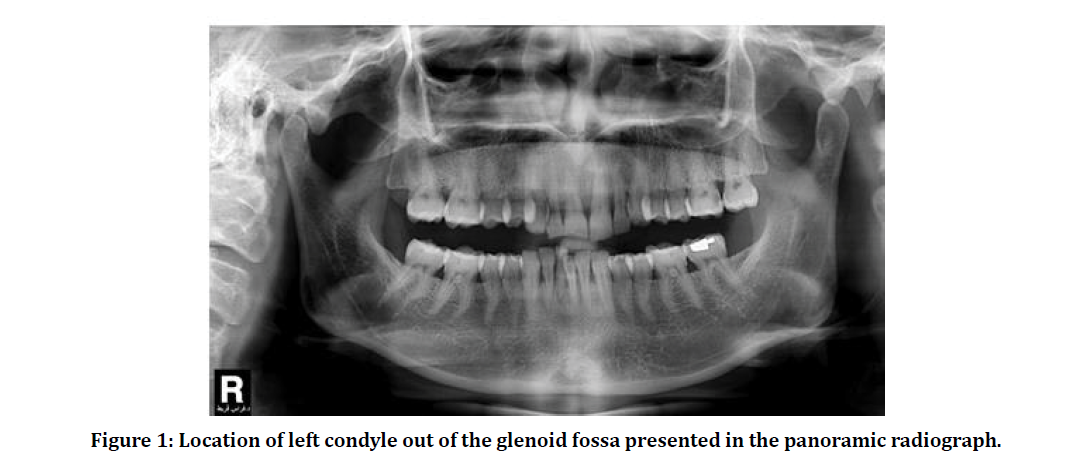
Figure 1: Location of left condyle out of the glenoid fossa presented in the panoramic radiograph.
In (Figure 1) the patient feels nothing and does not suffer from any kind of pain. From our experiences, the occlusion does not cause pain in the temporomandibular joint area.
The available definitions of occlusion like: Functional, physiological, habitual, conventional, ideal, and balanced, are delusional. So, we suggest the following: "Occlusion is the study of the mandibular movements to recognize the forces (involving direction, place of application, and intensity) developed by the masticatory muscles to avoid the harmful effects" [16].
Taking the record of the CRs becomes a battle with the patient (Figure 2). Don't you think that the CR is a big lie?
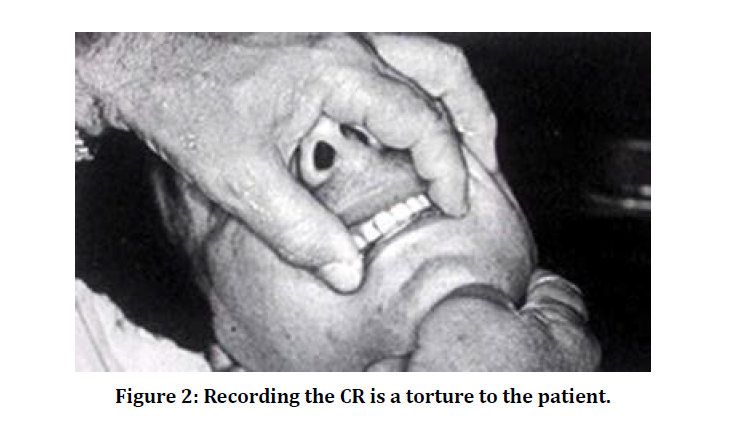
Figure 2: Recording the CR is a torture to the patient.
Isn’t essential to register the bite in centric occlusion? That could be reasoned that the position of centric occlusion is physiological during eating and swallowing. Additionally, the movements launch and get back to (Figure 3).
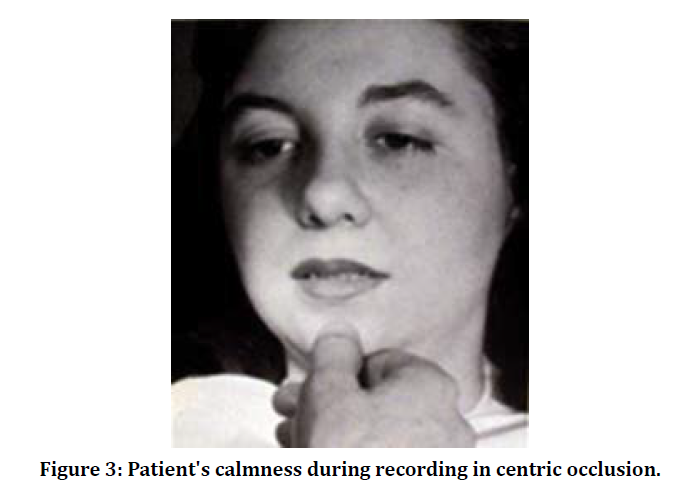
Figure 3: Patient's calmness during recording in centric occlusion.
Hence, the bite is taken in the centric occlusion with respect to the vertical-functional dimension and aesthetic facial midline.Considering the quoted muscular and occlusal memory in page 36 [17], did he think that teeth and muscles have a memory? That would not be acceptable. From our viewpoint, the teeth are just knives in the hands of muscles which are only a motive force responding to the issued orders by the central nervous system (CNS), whether voluntary or reflex movement. These mastication system components do not have any kind of memory.
Occlusion in Shillingburg's book [17] in page 6 cited: "If the occlusion or one or both TMJs are dysfunctional in some manner, further appraisal is necessary to determine whether the dysfunction can be improved prior to the placement of the restorations or if restorations should not be placed." What does he mean by "dysfunction"?!It is a general word that has not a scientific meaning! He would have first defined "occlusion" before using this word! We can say “dysfunction” is a very peril word, specifically for the TMJ. It makes sense to say: "dysfunctional force" but it isn't reasonable to say TMD dysfunctional.
For example, we say "Muscle Spasm" but we can't say "Muscle Dysfunction".
Further, does this word fit the neuromuscular mechanism of the masticatory system?!The joint has a congenital protection such as maxillary sinus. For example, it does not even suffer rheumatism as other joints. The maxillary sinus does not permit the inflammation and the granuloma or cysts. It retracts and has never been penetrated.
Also, Shillingburg did not give us his opinion clearly: Does occlusion cause pain in the joint area or not?
The idea from the Figure presented in Shillingburg's book [17]. (Figure 4), is illogical.
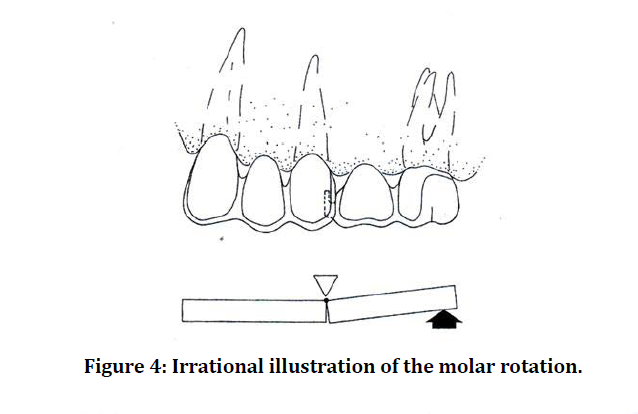
Figure 4: Irrational illustration of the molar rotation.
If the drawing (Figure 4) is correct, that means when the molar receives a vertical force, it must turn around the center of rotation that is "the mortise"! Which sounds impossible! So, the fact is different, the molar does not rotate around the fulcrum, and the mortise that has a certain depth or length cannot play this role.
In this case, the force also moves vertical into mortise. As a result, the sketch should be reconsidered.
The illustration on page 90 in Shillingburg's book [17]. Figure 5 shows that irrespective of the reason for the addition of two abutments, we see that this design is not proper for the patient since it does not possible to clean the embrasure between the abutments prepared between the second and third molars.
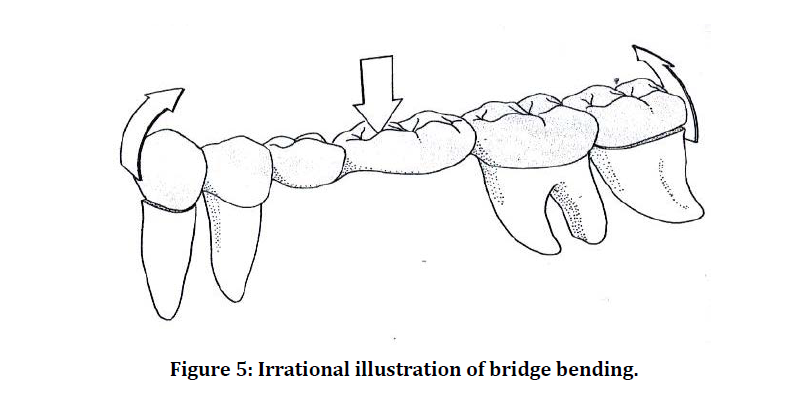
Figure 5: Irrational illustration of bridge bending.
Non cleanable bridge will cause a quick failure! Additionally, the justification of the preparation of two molars to 0avoid pontic curvature is not convincing!
At this length of missing area (Figure 5), the bridge does not bend since nickel-chromium alloys are neither malleable nor ductile and they do not subject to sag [1].
Sag: Irreversible (plastic) deformation of metal frameworks of fixed dental prostheses in the firing temperature range of ceramic veneers [14,18].
Bridges fabricated from Ni-Cr alloys (most common used) break if they receive excess force. As observed in the five figures, presented in page 89 [17]. Bending apparently does not match the properties of the used base alloys (Figure 6), where noble alloys can only do that (which are not indicated for the long-span bridges).
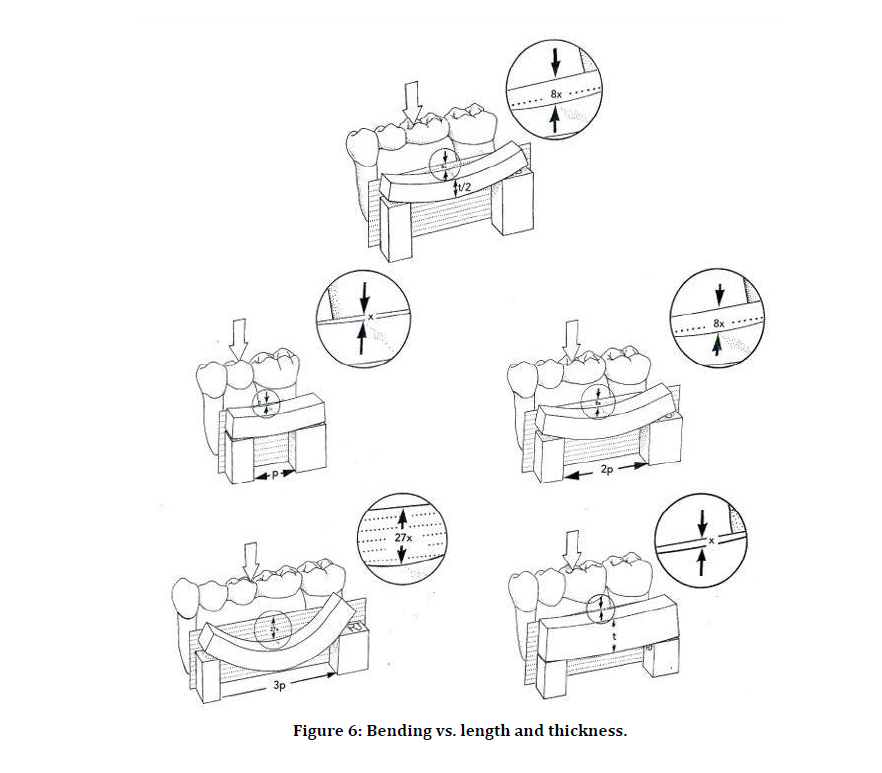
Figure 6: Bending vs. length and thickness.
What does he prefer first, the health of the tooth or the esthetic?
In pages 307-320 of Shillingburg et al. [19], we notice that he stressed on esthetic matter that is exactly harmful to the tooth (Figure 7).
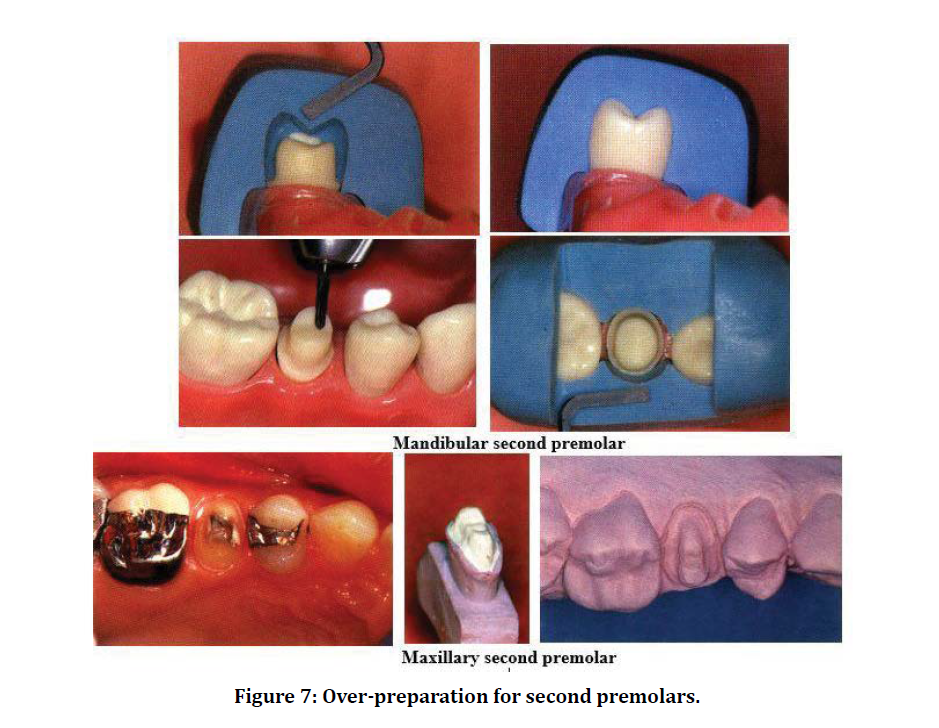
Figure 7: Over-preparation for second premolars.
Esthetic demand can always be done, but what about the tooth? We think that over-preparation is destructive. If a patient comes asking for a unique beauty that is unrivalled, don't you think it would be better to send him to a psychiatrist?
Resin is a toxic specifically in uncleanable areas.
Don't you think that it is a big mistake to restore the teeth with composite under the crown? If you remove this crown, a very offensive odor will release, which comes from anaerobiosis bacteria, and these can find their way into the apex (Figure 8).
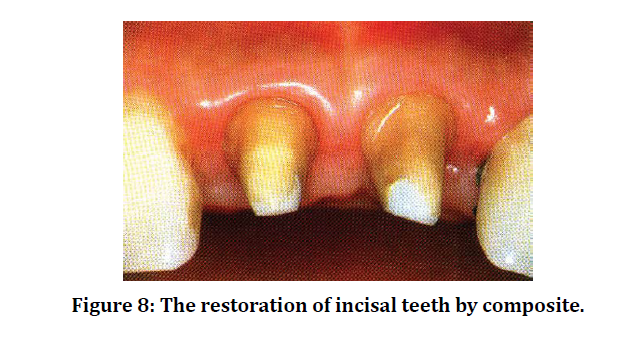
Figure 8: The restoration of incisal teeth by composite.
We can say that fixing crowns with resin is a big mistake [13]. Resin that contacts with dentin resembles arsenic passive effect that slowly kills the pulp.
Summary and Recommendations
As long as, we advise practitioners not to restore the tooth by composite under the crown, they mostly respond that Shillingburg used it in his book? Where they expect to gain more time by using the composite to restore and prepare the abutment in the same session "winning time"!
Although, they persist on ignoring our published remarks which are fueled by our gained experiences in clinical practice.
Shillingburg's viewpoint about occlusion in the book is straying! This contrasts to our belief that general practitioner does not aware about the exact placement of condyles in the glenoid fossa.
Whereby, he overestimated the CR, but, skipped the centric occlusion.
Conclusion and Future Perspectives
The book encompasses unclear and puzzling terms to the general practitioner, some of which are considered meaningless. As some illustrations in the book has been criticized and other principles have been presented from our viewpoint.
Otherwise, we recommend more investigations about the relation between TMJD and occlusion, and the adverse effects of restoring abutments with composite resin under crowns.
Acknowledgements
We feel gratitude to Shillingburg and his associates for their great achievements in Prosthodontics.
References
- Ozkan YK. Movements and mechanics of mandible occlusion concepts and laws of articulation. In: Özkan YK (Eds). Complete Denture Prosthodontics Cham Springer 2018; 293-347.
- Prasad D. A study to relate condylar and incisal paths with bilateral balanced occlusion in edentulous subjects. J Indian Prosthodont Soc 2018; 18:58.
- Jankelson B, Hoffman GM, Hendron JA. The physiology of the stomatognathic system. J Am Dent Assoc 1953; 46:375-386.
- Silverman MM. Centric occlusion and jaw relations and fallacies of current concepts. J Prosthet Dent 1957; 7:750-769.
- Banerji S, Shamir Mehta S. The application of occlusion in clinical practice part 3: Practical application of the essential concepts in clinical occlusion. Dent Update 2019; 46:100-112.
- Fulks BA, Callaghan KX, Tewksbury CD, et al. Relationships between chewing rate, occlusion, cephalometric anatomy, muscle activity, and masticatory performance. Arch Oral Biol 2017; 83:161-168.
- Lamontagne P, Al-Tarakemah Y, Honkala E. Relationship between the preferred chewing side and the angulation of anterior tooth guidance. Med Prin Pract 2013; 22:545-549.
- Ashiga H, Takei E, Magara J, et al. Effect of attention on chewing and swallowing behaviors in healthy humans. Sci Rep 2019; 9:6013.
- Shillingburg HT, Kessler J. Restoration of the endodontically treated tooth, 1st Edn. Chicago: Quintessence Publishing Co; 1982; 22.
- Orstavik D. Antibacterial properties of and element release from some dental amalgams. Acta Odontol Scand 1985; 43:231-239.
- Splieth C, Bernhardt O, Heinrich A, et al. Anaerobic microflora under Class I and Class II composite and amalgam restorations. Quintessence Int 2003; 34:497-503.
- Busscher HJ, Rinastiti M, Siswomihardjo W, et al. Biofilm formation on dental restorative and implant materials. J Dent Res 2010; 89:657-665.
- Al Ghadban A, AlShaarani F. Antibacterial properties of amalgam and composite resin materials used as cores under crowns. Eur J Prosthodont Restor Dent 2012; 20:71-76.
- Sakaguchi RL, Powers JM. Craig's restorative dental materials, 13th Edn, Philadelphia: Elsevier Health Sciences; 2011; 416.
- Alshaarani F. The forty-five rules of fixed prosthodontics. EC Dent Sci 2019; 18:454-455.
- Alshaarani F. Is it time to reconsider some terminology change in dentistry? J Oral Health Dental Sci 2018; 2:402.
- Shillingburg HT, Sather D, Wilson E, et al. Fundamentals of fixed prosthodontics, 4th Edn. Chicago: Quintessence Publishing 2012.
- Anusavice KJ, Shen C, Rawls HR. Phillips' Science of Dental Materials 12th Edn Philadelphia Elsevier Health Sciences 2012.
- Shillingburg HT, Jacobi R, Brackett S. Les préparations en prothèse fixée, principes et applications cliniques. Paris: CDP; 1988.
Author Info
Fendi Al Shaarani* and Rami Alaisami
Department of Prosthodontics, Faculty of Dental Medicine, Damascus University, Damascus, SyriaCitation: Fendi Fendi AlShaarani, Rami Alaisami, Critics Against Some Topics Included in the Book: Fundamentals of Fixed Prosthodontics (Shillingburg HT), J Res Med Dent Sci, 2020, 8 (6): 91-96.
Received: 03-Aug-2020 Accepted: 16-Sep-2020
